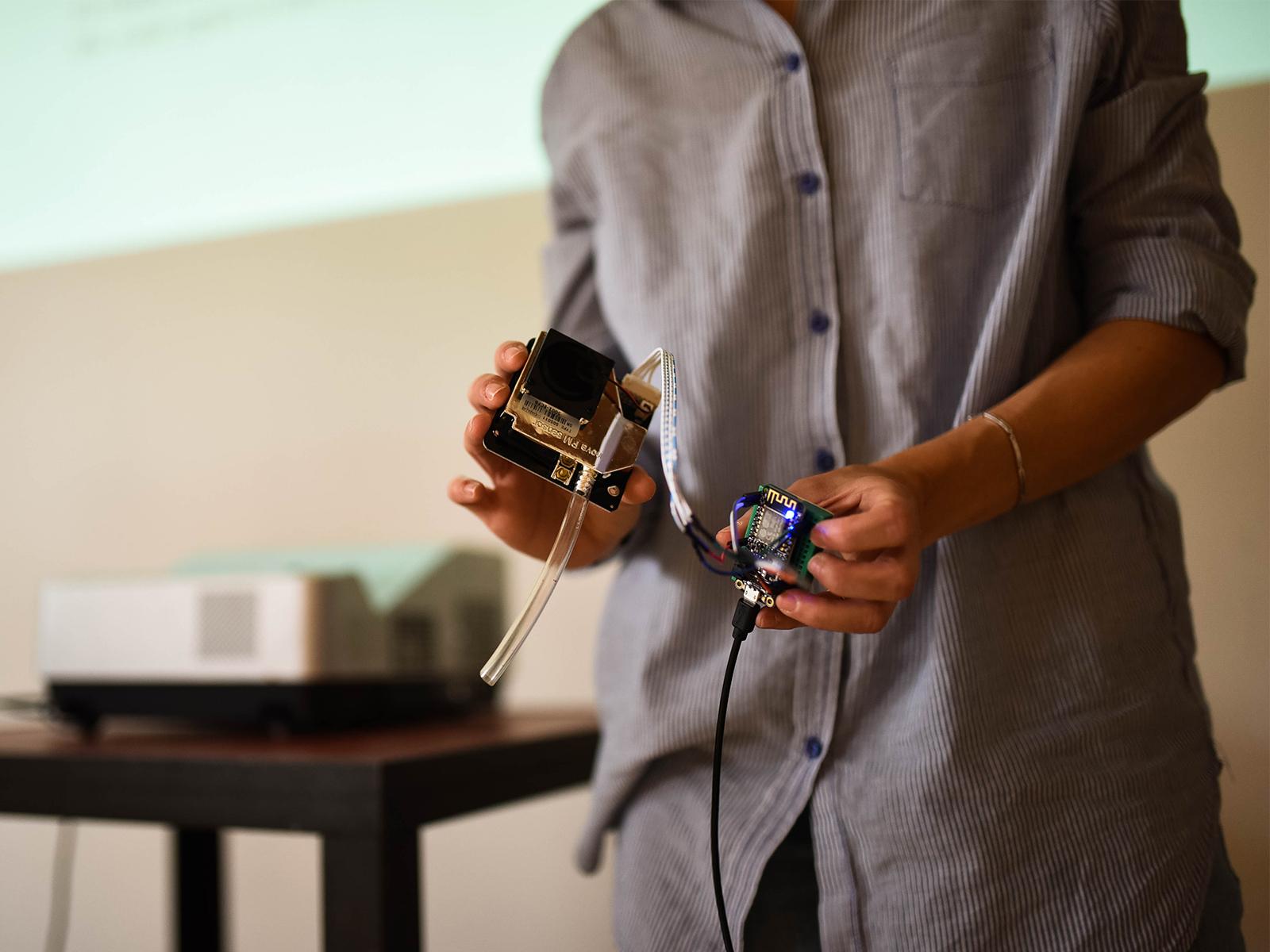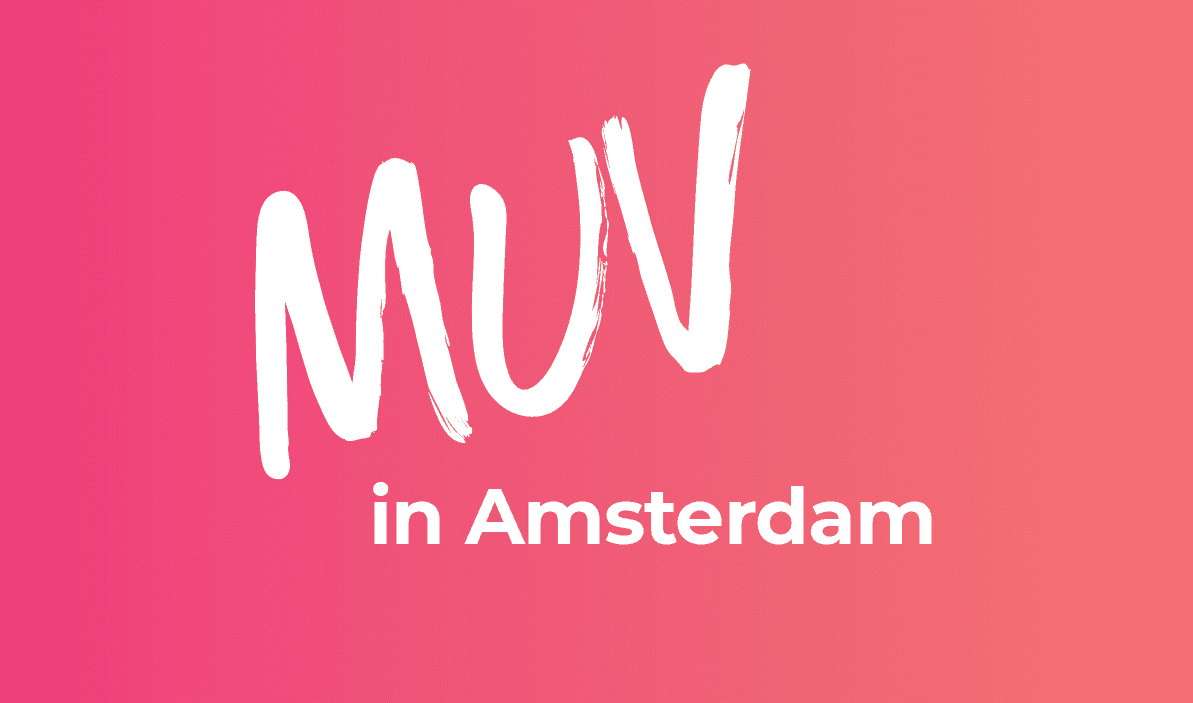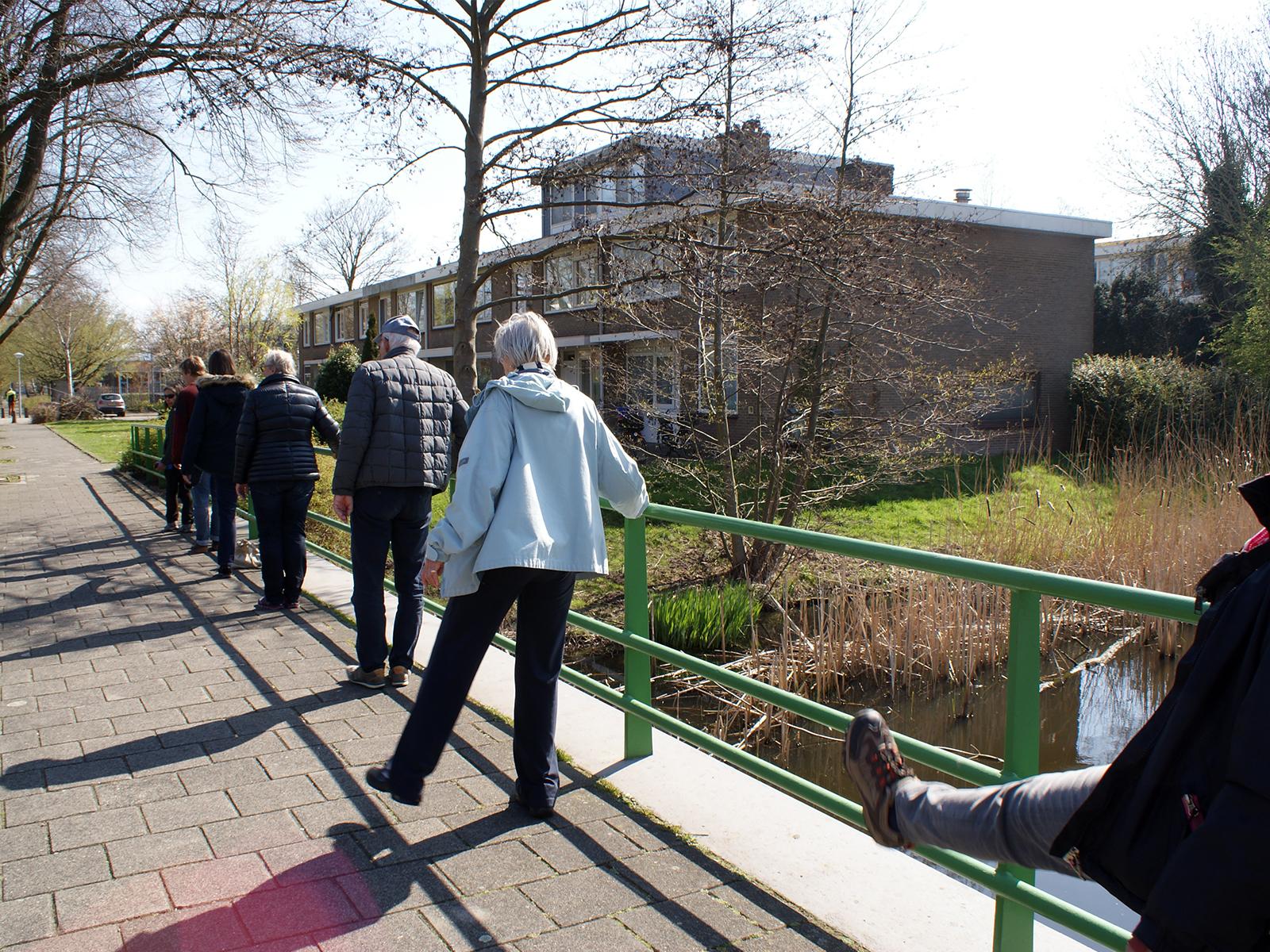The European project Mobility Urban Values (MUV) focuses on ways to stimulate sustainable mobility choices in the urban environment. As part of this project have Buiksloterham and Zeeburgereiland been measuring the air quality over the past 6 months. This week, citizens from these two neighbourhoods met up, together with RIVM and Waag for a first analysis of their data.
Concerns over air quality
The citizens of both neighbourhoods are very concerned about the new developments in the area. There are many new houses being built and there seems an unwanted large focus on the car in the future infrastructure. The inhabitants want to get in conversation with the municipality to discuss the plans and the consequences. Measuring the local air quality within the area could help in making the citizens a serious conversation partner in the mobility plans. In the meantime, citizens from Buiksloterham already started a test with shared mobility.
About particulate matter
The sensors applied in these two neighbourhoods currently measure two types of particulate matter, PM2.5 and PM10. Later this year the gas NO2 will be measured as well. During the meeting we got a crash course on air quality from RIVM. We learned for example that PM is an important factor in the health risks related to bad air quality. PM is mainly 'blown by the wind', meaning most of it does not originate from local sources. The fact that local sources such as traffic and agriculture have little influence on the PM levels, means that the concentration of PM is highly similar between different areas and cities within the Netherlands.
What are the results?
After the learned lessons on air quality it was time to dive into the own measured data. The PM levels measured by the sensors at Zeeburgereiland were compared with the official measuring station at Vondelpark. The data right away underlined the just discussed theory: the concentrations of PM were very similar between the stations, even though the environment (such as the amount of traffic and industry) was quite different. The measured values fell within the norms of the EU, but not completely within the more strict guidelines of the World Health Organisation.
Though the results of these first measurements were not super 'exciting', there were still some important lessons learned. One insight was that the relatively cheap sensors show equal measurements as the expensive official ones. Also, PM can now be eliminated as main influencer of environmental problems within these specific neighbourhoods.
Next step
The next step will be to measure NO2, which originates more from local sources (like traffic) and therefore often shows larger variations between different areas. The citizens proposed to also measure other variables, such as sound and smell, which could better show the consequences of the large amount of construction, traffic, and built area in the neighbourhoods. This evening we most of all saw how measuring with your own sensor increases the trust and sense of control in the measurements and conclusions on the air quality in your neighbourhood.
This project has received funding from the European Union’s Horizon 2020 research and innovation programme under grant agreement No. 723521.


